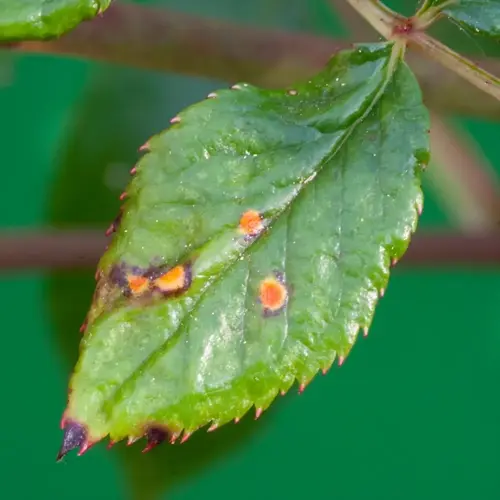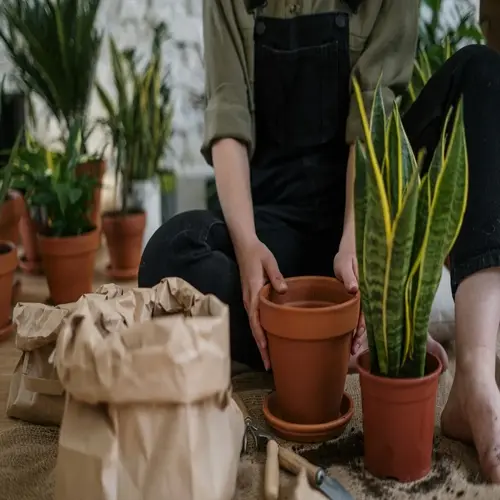How prevent insect damage without chemicals?

Written by
Olivia Mitchell
Reviewed by
Prof. Charles Hartman, Ph.D.To prevent insect damage without chemicals, you need to use strategic cultural controls. These prevent infestations before they start. Focus on disrupting the pest's life cycle naturally. Build plant resistance through intelligent gardening practices. You'll protect your garden effectively and sustainably in the long run.
Biological Controls
- Release ladybugs in early spring for natural predation
- Introduce lacewings during first warm weeks
- Build habitats for parasitic wasps with flowering plants
- Avoid pesticides that harm these beneficial insects
Physical Barriers
- Apply sticky trunk barriers to block ant access
- Refresh barriers monthly during active seasons
- Use 4-inch wide bands on smooth-barked trees
- Combine with diatomaceous earth ground rings
Cultural Practices
- Prune infested branches before eggs hatch
- Sterilize tools between plants with alcohol
- Space plants for air circulation
- Remove leaf litter weekly during risk periods
Timing plays a crucial role in successful strategies. Introduce predators while they are actively feeding. Put up barriers before ants establish their trails. Prune during the plant's dormancy period to minimize stress on the plant. Cover plants before the start of pests. With proper timing, these measures will work very successfully.
Develop a resilient plant ecosystem and, when feasible, select pest-resistant plants. Keep the soil in tip-top condition through composting. Water deeply but infrequently, and change up annual plantings. Healthy, thriving plants are generally better able to withstand insect pressures than those that are stressed.
Practise implementing these strategies consistently. Monitor weekly during growing seasons. Alter methods based on local interpretations of these conditions. Record all observations to inform your follow-up strategy. There is no need to apply any chemical controls if you can proactively care for the plant and prevent an outbreak.
Read the full article: Scale Insect Treatment: Save Your Plants Now

